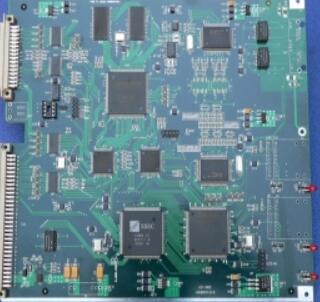[PCB proofing, circuit board proofing, circuit board proofing] The multi-layer PCBneeds to be considered comprehensively. Sometimes the traces are crossed and the layers need to be changed to get through. For high-speed circuit boards, a complete reference plane and power plane are required. All these need to increase the number of PCB layers!
For the most basic PCB, the components are concentrated on one side, and the wires are concentrated on the other side. Because only one side can be routed, we call this kind of PCB a single-sided board. Both sides of the double-sided board can be wired, so the wiring area is twice as large as that of the single-sided board, which is suitable for more complicated circuits.
For a simple circuit such as a radio, a single-sided or double-sided manufacturing is sufficient. However, with the development of electronic technology, the complexity of the circuit has greatly increased, and higher requirements have been placed on the electrical performance of the PCB. If a single-sided or double-sided board is used, the circuit volume will be very large, and it will also bring to the wiring. It is very difficult. In addition, the electromagnetic interference between the lines is not easy to handle, so a multi-layer board appears (the number of layers means there are several independent wiring layers, usually an even number).

Advantages of multilayer PCB:
High assembly density and small size; the connection between electronic components is shortened, and the signal transmission speed is improved; it is convenient for wiring; for high-frequency circuits, a ground layer is added to make the signal line form a constant low impedance to the ground; the shielding effect is good. However, the more layers, the higher the cost, the longer the processing cycle, and the more troublesome quality inspection.
Our common computer boards usually use four-layer boards or six-layer boards, but now there are more than 100 layers of practical printed circuit boards. The difference between a six-layer board and a four-layer board is in the middle, that is, there are two more internal signal layers between the ground layer and the power layer, which are thicker than the four-layer board.
PCB multi-layer boards are actually made by laminating and bonding several etched single or double panels. The double panel is easy to distinguish. Looking at the light, except for the wiring on both sides, other places are transparent. For the four-layer board and the six-layer board, because the layers in the PCB are very tightly combined, if there are corresponding marks on the board, there is no good way to distinguish.